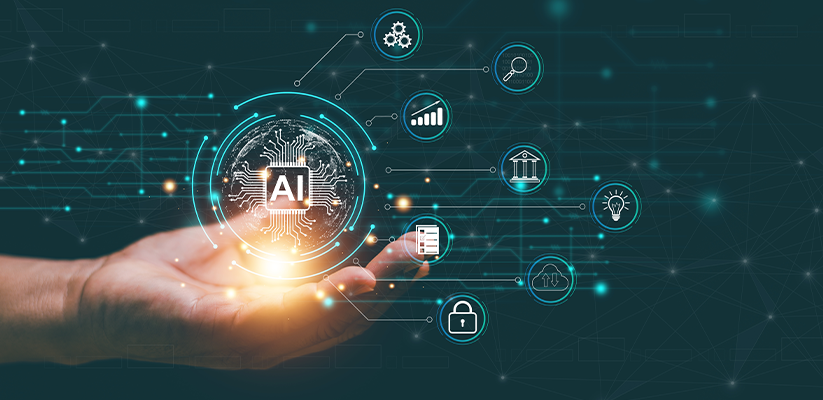
Generative artificial intelligence (Generative AI) represents a transformative leap forward in AI, offering businesses unprecedented opportunities to innovate, optimize, and engage. This cutting-edge technology, capable of generating outputs such as text, images, music, and other media, is already reshaping industries by enhancing customer experiences, streamlining operations, and driving strategic decision-making. For enterprises eager to stay ahead of the curve, adopting GenAI can unlock new levels of efficiency and creativity. Read on to discover how to effectively leverage GenAI.
The Potential of Generative AI
GenAI’s ability to create tailored content and solutions opens up a myriad of use cases. From advanced customer service chatbots that utilize customer loyalty data to provide personalized interactions, to dynamic marketing content that resonates with specific audience segments, the applications are vast and varied. The technology’s potential to adapt and learn from diverse datasets means that it can be integrated across different functions within an organization, leading to a more responsive, intelligent enterprise.
A Logical Approach to Data Management
Effective GenAI implementations hinge on a solid data foundation, and this is where a logical approach to data management becomes essential. A logical data management platform integrates disparate data sources across the organization, providing a unified view of data that is both comprehensive and accessible, establishing the foundation for a powerful data fabric. By leveraging a data fabric, businesses can provide their GenAI models with access to accurate, up-to-date information, regardless of where the data resides.
A data fabric simplifies data management by creating an abstraction layer that connects data sources through metadata. This approach not only facilitates seamless data integration but also enhances data security and governance, protecting sensitive information and facilitating compliance.
Enhancing AI with Retrieval-Augmented Generation (RAG)
To maximize the effectiveness of GenAI, enterprises can adopt techniques such as retrieval-augmented generation (RAG). RAG enhances large language models (LLMs) by providing them with contextually relevant data, improving the accuracy and relevance of the generated outputs. While many think of RAG in terms of leveraging static data such as product documents or policy information, it also has a dynamic element. RAG can utilize real-time data sources, feeding up-to-the-minute information into the process. This dynamic capability is where the value of a data fabric truly shines.
By combining the power of RAG with a robust data fabric, businesses can overcome common data challenges, such as silos and disparate data formats. This integration enables AI models to efficiently retrieve and utilize the most pertinent data, whether static or real-time. The result is more informed and effective AI-driven decisions, enhancing scenarios in which precise, contextually accurate information is crucial, such as customer service, real-time analytics, and decision support systems.
Simplified Data Access and Enhanced Context
Implementing a data fabric and RAG can revolutionize how businesses interact with their data. The abstraction layer provided by the data fabric ensures that data is easily accessible and usable, while RAG techniques add a layer of context that makes the AI outputs more meaningful and actionable. This combination is particularly powerful in scenarios that require complex queries and access to multiple data sources, such as generating comprehensive reports or responding to intricate customer inquiries.
Getting Started
Generative AI presents a tremendous opportunity for businesses to innovate and thrive in a competitive landscape. By adopting a logical approach to data management and leveraging techniques like RAG, enterprises can unlock the full potential of their AI initiatives.
Download the TDWI Checklist Report entitled“Leveraging a Data Fabric for Generative AI” to learn more about best practices for implementing GenAI and how to effectively leverage a data fabric for your AI applications. This comprehensive guide provides valuable insights and actionable steps to help your organization succeed in the evolving world of AI.
- Denodo Ushers in the Age of Agentic AI with MCP Server Support - July 16, 2025
- Smarter AI Starts Here: Why DeepQuery Is the Next Step in GenAI Maturity - July 7, 2025
- Why Every Organization Needs a Data Marketplace - April 30, 2025

Nice Blog ! Thank You.